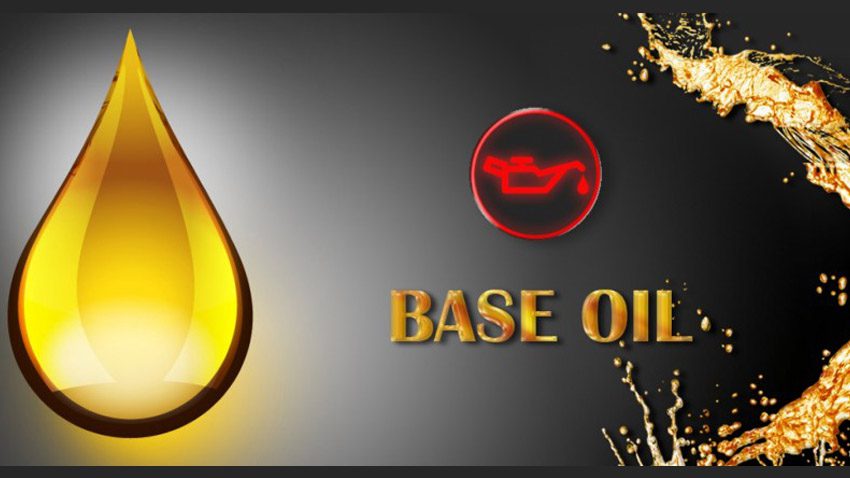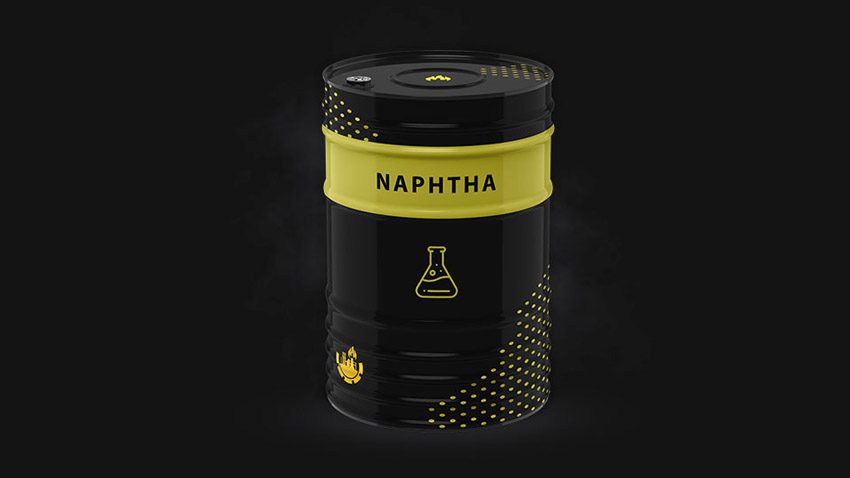What is Base Oil?
Base Oil is the name given to lubrication grade oils initially produced from refining crude oil (mineral base oil) or through chemical synthesis (synthetic base oil). All lubricants contain a base oil. It serves as the foundation of the lubricant before it is blended with additives or a thickener in the case of a grease. It is typically defined as oil with a boiling point range between 550 and 1050 °F, consisting of hydrocarbons with 18 to 40 carbon atoms. This oil can be either paraffinic or naphthenic in nature depending on the chemical structure of the molecules.
Base Oil Groups
By the early 1990s, the American Petroleum Institute (API) had categorized all base oils into five groups, with the first three groups dedicated to mineral oils and the remaining two groups predominantly synthetic base oils.
Base Oil Physical Properties:
Base oils are described by four physical properties that dictate how they will perform in service:
- Pour point. The lowest temperature at which a sample of oil can be poured determines the pour point.
- Viscosity. An oil’s resistance to flow defines the viscosity.
- Viscosity index. As an oil’s temperature changes, so does its viscosity, defining its viscosity index. A high viscosity index oil, for example, changes viscosity less with temperature than a low one. High Viscosity index base oils have lower volatility and are designed to operate at low as well as high temperatures
- Purity. Constituents of many lubricants such as sulfur, nitrogen and polycyclic aromatic compounds must be held within strict limits.





